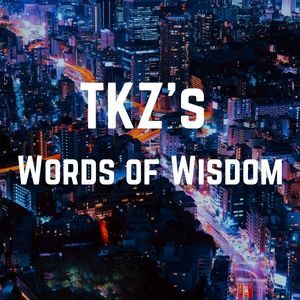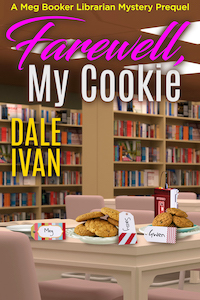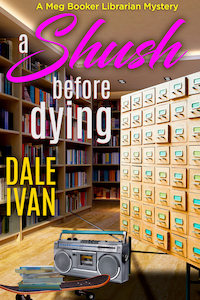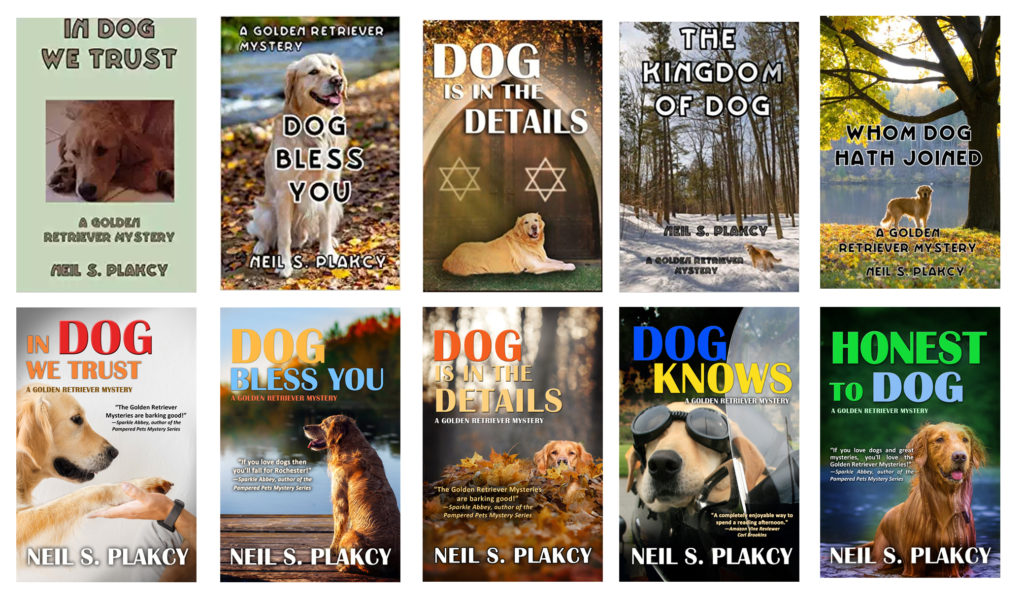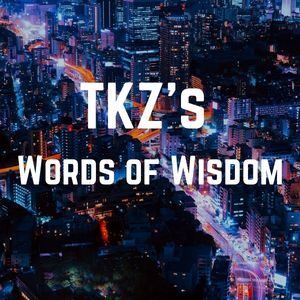I began reading thrillers during my sophomore year in high school. One of the first I read was Thomas Harris’s Black Sunday, a pulse-pounding novel that was a race against time to stop a diabolical terrorist attack at the Super Bowl. Another thriller I read then was Paul Erdman’s The Silver Bears, which featured kind of scheme, one to corner the silver market.
I burned through both novels in just a couple of days. The stories were very different, yet the suspense in each kept me turning pages, unable to stop until the end.
Today’s Words of Wisdom looks at suspense. Jordan Dane gives you a few questions to ask yourself during editing in order to make your book more suspenseful, while Joe Moore discusses how having too much action can hurt suspense, and PJ Parrish considers formulas for suspense and surprise.

The full versions are linked from the bottom of their respective excerpts and very much worth reading in full.
If you’ve made it through your first draft of a novel and want to edit for suspense and pace to give your book a page-turner feel, below are questions to ask yourself.
1.) Did you begin your story at the right point? Opening in the middle of action is an attention getter, but don’t spoil it with excessive back story. You can also add an element of mystery or intrigue to your opener that will draw readers in if action doesn’t exactly fit your story, but remember that less is more. You’ll always have the opportunity to weave in back story if it’s necessary as the story progresses. It might be helpful to ask yourself if the start of your book is the last possible moment before your main character’s life is changed. Change is an excellent starting point. I sometimes start the story where I think it should, then consider adding either an inciting incident by way of Prologue or a standalone jumpstart to the story that precedes where I began.
4.) Do you have flashbacks that work or drag down the pace? Flashbacks can be tricky. We’ve all read books where flashbacks drive the novel and do it effectively, but make sure yours have a purpose and build on the tension of the main plot going forward. Flashbacks aren’t just another way to sneak in back story. Give the reader insight into the main plot with an effective and brief look into the motivation of the characters, if the flashbacks are necessary.
6.) Do you use foreshadowing to your advantage or is it a detriment that deflates your tension? The right balance of foreshadowing can add a sense of pace to your story. It can propel your storyline from scene to scene, but too much can burst the bubble of any mystery and telegraph your punches. Sometimes I look at my scene endings and see if I can stop them sooner at a more critical suspense moment. Or I split up an action scene at the bottom of a chapter and carry it over to the top of the next chapter. This simple idea of splitting scenes or cutting them off at a more appropriate spot can add a sense of pace, without any major rewrites.
Jordan Dane—March 7, 2013
I’ve found that one of the mistakes beginning writers often make is confusing action with suspense; they assume a thriller must be filled with action to create suspense. They load up their stories with endless gun battles, car chases, and daredevil stunts as the heroes are being chased across town or continents with a relentless batch of baddies hot in pursuit. The result can begin to look like the Perils of Pauline; jumping from one fire to another. What many beginning thriller writers don’t realize is that heavy-handed action usually produces boredom, not thrills.
When there’s too much action, you can wind up with a story that lacks tension and suspense. The reader becomes bored and never really cares about who lives or who wins. If they actually finish the book, it’s probably because they’re trapped on a coast-to-coast flight or inside a vacation hotel room while it’s pouring down rain outside.
Too much action becomes even more apparent in the movies. The James Bond film Quantum Of Solace is an example. The story was so buried in action that by the end, I simply didn’t care. All I wanted to happen was for it to be over. Don’t get me wrong, the action sequences were visually amazing, but special effects and outlandish stunts can only thrill for a short time. They can’t take the place of strong character development, crisp dialogue and clever plotting.
As far as thrillers are concerned, I’ve found that most action scenes just get in the way of the story. What I enjoy is the anticipation of action and danger, and the threat of something that has not happened yet. When it does happen, the action scene becomes the release valve.
I believe that writing an action scene can be fairly easy. What’s difficult is writing a suspenseful story without having to rely on tons of action. Doing so takes skill. Anyone can write a chase sequence or describe a shoot-out. The trick is not to confuse action with suspense. Guns, fast cars and rollercoaster-like chase scenes are fun, but do they really get the reader’s heart pumping. Or is it the lead-up to the chase, the anticipation of the kill, the breathless suspense of knowing that danger is waiting just around the corner?
Joe Moore–September 18, 2013
There’s the old Hitchcock formula: 1. A couple is sitting at a table talking. 2. The audience is shown a time bomb beneath the table and the amount of time left before it explodes. 3. The couple continues talking, unaware of the danger. 4. The audience eyes a clock in the background.
The surprise, Hitchcock said, didn’t come from the bomb itself; it came from the tension of not seeing it.
Speaking of formulas, there actually is one for suspense:
Suspense: t = (E t [(µ¿ t+1 – µ t)²])½
I didn’t make this up, believe me. It was created by Emir Kamenica and Alexander Frankel of the University of Chicago Booth School of Business. It is basically an equation about time and expectations: “t” represents the period of time a moment of suspense is occurring, “E” is the expectations at that time, the Greek mu indicates your belief in the next thing to happen, the +1 is your belief in the future, the tilde represents uncertainty, and the subtracted mu is the belief you might have tomorrow.
That made your brain hurt, right? Mine, too. But hey, you sat through my football metaphor, so stay with me a little longer. The Chicago guys also developed a formula for surprise, which is easier to stomach for us math-challenged types. It boils down to this: what your beliefs are now minus what your beliefs were yesterday.
Their paper “Suspense and Surprise” (co-written with Northwestern University economics professor Jeffrey Ely) was published in the “Journal of Political Economy.” It was inspired by their observation that in various types of entertainment – gambling, watching sports, reading mysteries – people don’t really WANT to know the outcome.
What they DO want is a “slow reveal of information.” As one of them put it in an article in the Chicago Tribune: “To be exciting, we found that things need to get dull.”
Information revealed over time generates drama in two ways: suspense and surprise. Suspense is all about BEFORE, ie something is going to happen. (the ticking bomb under the chair). Surprise is about AFTER, ie you’re surprised that something unexpected happened. (the bomb didn’t go off!) If you are led to believe one thing is going to happen (Broncos will win!) but then are surprised by the unexpected (Colts prevail!) that can be pretty powerful.
So how do you translate this to your own writing?
I’ll let Kamenica explain. He goes back to the Hitchcock formula: “Let’s take that idea and ask a mathematical question: How much suspense can you possibly generate?’ Putting that bomb there generates suspense, but how long can you leave it there? Can you leave it the duration of the movie? Or is that boring? Once you put it there, when do you decide for it to go off? One-third of the way through? One-half? If I am invested, as a viewer, how frequently should uncertainty be resolved? You have a threat, information that (a bomb) will explode, then it gets resolved, the movie continues. But will these people survive the next danger? How often can you do that — change an audience view?”
He has the answer, of course: Three times.
“Say you are writing a mystery,” Kamenica goes on in the Chicago Tribune article, “Zero twists is bad. And one thousand twists is also bad — again, for something to be exciting, it must occasionally become boring. So, three. The math delivers surprisingly concrete prescriptions. That number is constrained to a stylized view, characteristic mystery novel: Is it the maid or butler who did it? Does the protagonist live or die? A novelist must lead you in one direction then …”
Added his colleague Frankel: “The thing is, we also found that you can’t really have a definite number of twists. Three is average. Yet if you know there are three twists, those twists are not actually twists — you are now waiting for the twist.”
And that, to me, is the major lesson here. Not that your book must conform to a three-twist formula. Because if your readers know you have three twists, you’ve lost the suspense. The lesson, to me, is less might just be more.
PJ Parrish—November 10, 2015
***
- Do you edit for suspense? Any advice to share?
- Do you feel there can be too much action in a thriller?
- Do you have a formula for suspense in your fiction?
- Any other tips for creating suspense?

